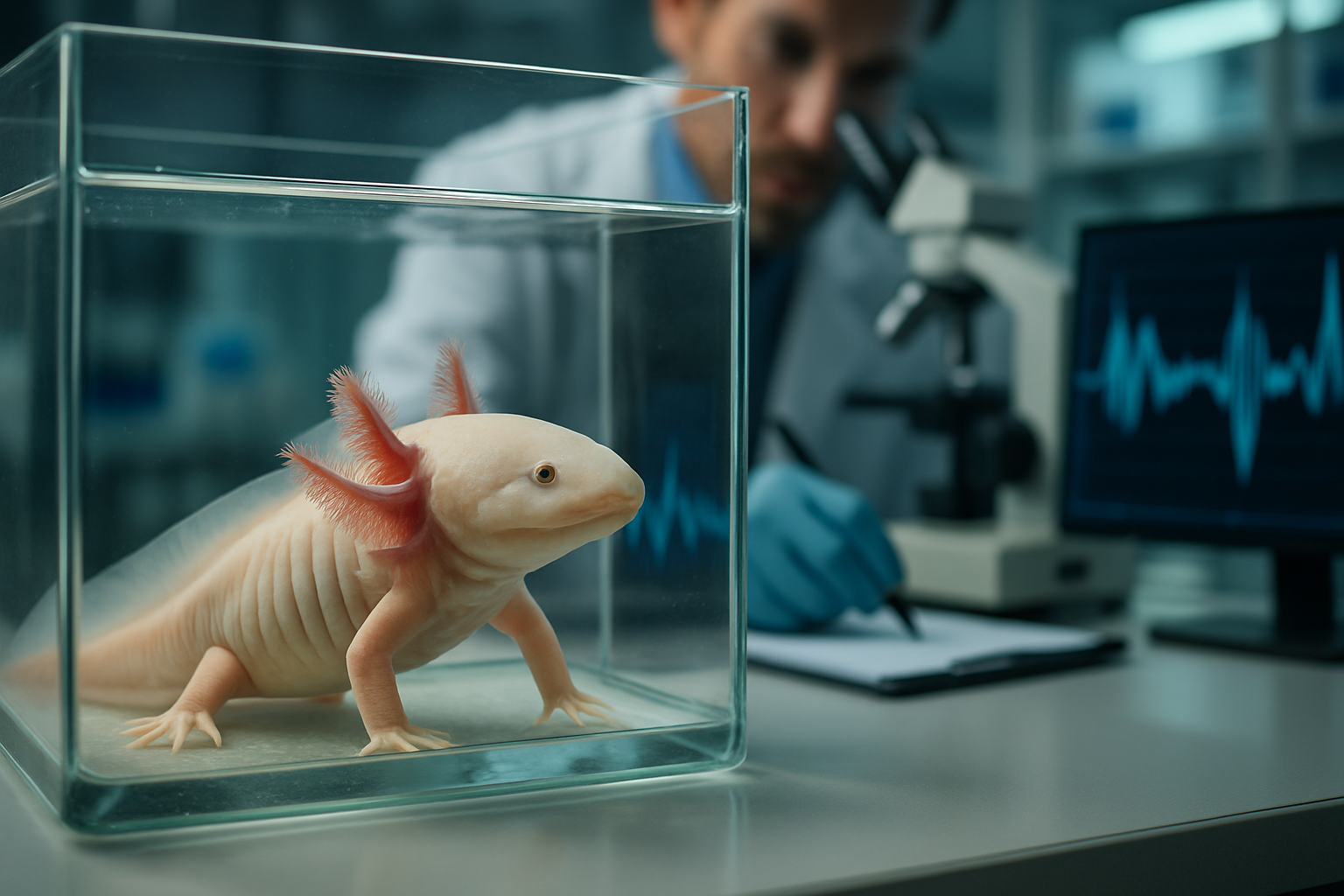Title: Legal Implications of Synthetic Biology in the United States
Introduction: As science pushes the boundaries of genetic engineering, synthetic biology emerges as a groundbreaking field with far-reaching legal implications. This article delves into the complex legal landscape surrounding synthetic biology in the United States, exploring regulatory challenges, intellectual property issues, and ethical considerations that lawmakers and courts must navigate in this rapidly evolving domain.

Regulatory Framework and Oversight
The regulation of synthetic biology in the United States falls under a patchwork of existing laws and agencies. The Environmental Protection Agency (EPA), Food and Drug Administration (FDA), and Department of Agriculture (USDA) all play roles in overseeing different aspects of synthetic biology research and applications. However, the unique nature of synthetic organisms and their potential environmental impact has led to calls for more specialized regulatory frameworks.
The Coordinated Framework for the Regulation of Biotechnology, established in 1986, provides the foundation for current oversight. However, critics argue that this framework, designed for traditional genetic engineering, may be insufficient for addressing the complexities of synthetic biology. Lawmakers and regulators face the challenge of balancing innovation with public safety and environmental protection.
Intellectual Property and Patent Law
Synthetic biology raises novel questions in the realm of intellectual property law. The patentability of synthetic organisms and engineered genetic sequences has been a subject of ongoing debate since the landmark Supreme Court case Diamond v. Chakrabarty in 1980, which allowed the patenting of genetically modified organisms.
Recent court decisions have further complicated the landscape. The 2013 Supreme Court ruling in Association for Molecular Pathology v. Myriad Genetics, Inc. held that naturally occurring DNA sequences are not patentable, but synthetic complementary DNA (cDNA) can be patented. This decision has significant implications for synthetic biology, as it affects the patentability of engineered genetic sequences and synthetic organisms.
The intellectual property regime surrounding synthetic biology must strike a delicate balance between incentivizing innovation and preventing the monopolization of fundamental biological building blocks. As the field advances, courts and policymakers will need to grapple with these complex issues to ensure a fair and productive intellectual property landscape.
Biosecurity and Dual-Use Concerns
The potential dual-use nature of synthetic biology—where research intended for beneficial purposes could also be misused for harmful ends—presents unique legal and security challenges. The ability to synthesize pathogenic organisms or create novel biological weapons raises serious biosecurity concerns.
Current biosecurity regulations, such as the Select Agent Regulations, may need to be updated to address the specific risks posed by synthetic biology. Policymakers must consider how to implement effective oversight without stifling legitimate research. This may involve new reporting requirements, restrictions on certain types of experiments, or enhanced screening processes for synthetic DNA orders.
Ethical Considerations and Public Engagement
The ethical implications of synthetic biology extend beyond traditional bioethics concerns. The ability to create novel life forms and fundamentally alter existing organisms raises profound questions about the boundaries of human intervention in nature and the potential long-term consequences of these interventions.
Legal frameworks must evolve to address these ethical concerns while fostering public engagement and trust. This may involve the development of new ethical guidelines, the establishment of advisory bodies, and mechanisms for incorporating public input into policy decisions. The President’s Commission for the Study of Bioethical Issues has already begun to explore these issues, but ongoing dialogue and legal adaptations will be necessary as the field progresses.
Future Legal Landscape
As synthetic biology continues to advance, the legal landscape will need to evolve accordingly. This may involve the creation of new specialized regulatory bodies, the development of international governance frameworks, and the adaptation of existing laws to address novel challenges.
One potential approach is the development of a comprehensive Synthetic Biology Act that would provide a unified regulatory framework for the field. Such legislation could address issues of biosafety, intellectual property, ethical oversight, and public engagement in a cohesive manner.
Additionally, as synthetic biology increasingly intersects with other emerging technologies like artificial intelligence and nanotechnology, legal frameworks will need to account for these convergences and their potential implications.
In conclusion, the legal implications of synthetic biology in the United States are vast and multifaceted. As this field continues to evolve, it will require ongoing collaboration between scientists, policymakers, legal experts, and the public to develop a robust and adaptive legal framework that fosters innovation while safeguarding public health, environmental safety, and ethical principles. The coming years will be crucial in shaping the legal landscape for this transformative technology.





